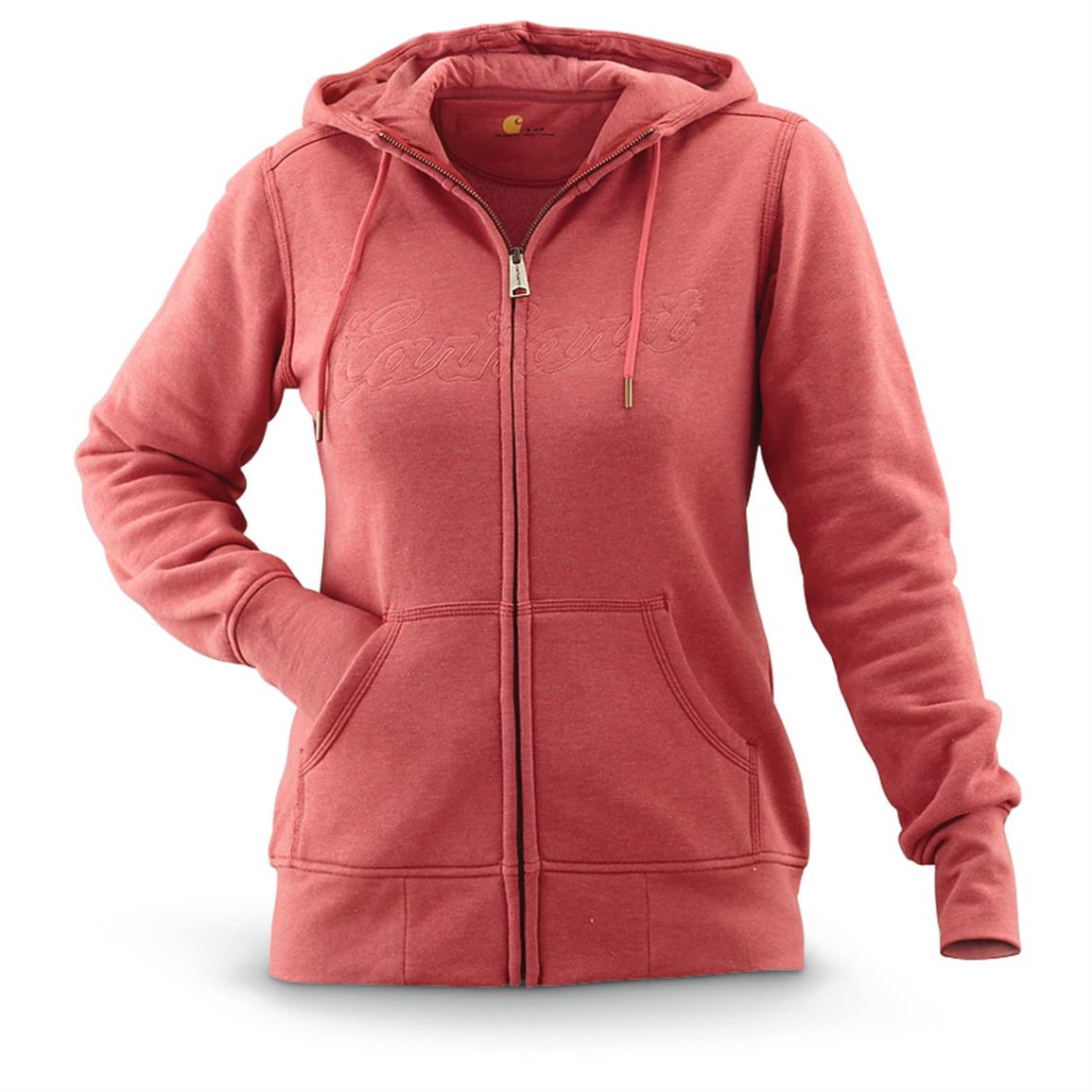What To Look For When Buying a new Sweatshirt

Sweatshirts are long-sleeved tops that are made of thick cotton cloth. They are typically worn as casual clothing, and are not so formal as sweater s and cardigans. They may not have an hood. If you are interested in buying a sweatshirt, here are a few tips:
The appeal of Norma Kamali was spread by the use of sweatshirts
Since the late 1970s and into the late '70s, Norma Kamali has transformed the simple sweatshirt into a work of art. Her designs are now a staple in almost all women's wardrobes. Her distinctive designs vary from a tummy-tucking neck , to leather paneled sweatshirt s. Her clothing is also designed in unusual shapes, such as tanks with a long trumpet skirt.
A collaboration of the designers and the sweatshirt maker Everlast led to her Timeless line, which became hugely popular when it appeared in Spiegel's spring 2006 catalog. The collection offered knits that could be interchangeable or convertible with classic designs and a lot of pieces were priced under $20. Even if Kamali's Timeless collection wasn't sold in stores, fans could still find the items for sale on eBay and Poshmark.
Merino wool sweatshirts are more comfortable than soft sweatshirts
Merino wool is well-known for its ability to remove moisture, which helps to keep you dry and comfortable. It is a natural fiber that also offers a more comfortable feel. The fabric also dries quickly compared to other natural material. Furthermore, merino is a renewable resource. The merino sheep shed coats every year and regrow new coats.
The weight-to-heat ratio of merino wool is what makes it a popular choice for sweatshirts. It assists in regulating the temperature of your body due to its loft that naturally holds heat in the fibers. This is why Merino wool sweatshirts work great for outdoor and summer activities like hiking, mountain biking and running. The warmth they provide helps keep the wearer well-hydrated and cool, something that is essential when exercising.

Zip-front hoodies come with kangaroo pockets.
Kangaroo pocket Hoodies are a very popular type of hoodies. These hoodies have a large pocket at the front that keeps your hands warm during cold days. They are also more practical than traditional pockets, since they allow your hands to slide in and out effortlessly.
The pockets of Kangaroos are usually big enough to fit an entire wallet or smaller personal items. They are commonly long enough to fit one hand in a smaller size or even large enough to accommodate two hands. They feature wide openings on both sides and are ideal for carrying small objects.
French terry fabric is a very popular material for sweatshirts
The French Terry fabric is composed of soft yarns that are made into loops, and is typically midweight. It is also known because of its capacity to absorb away moisture and is already pre-shrunk. French terry is a great option for sweatshirts as it is warm when you're in need and helps keep your cool when you want to cool off.
French Terry is also popular for loungewear, since it is stretchy enough and has enough flexibility to feel good against your skin. It also allows for enough air to circulate throughout the fabric, which makes it ideal for layering under other clothing. Furthermore, because it is lighter than other sweatshirts, you can wear it all year round without feeling too either cold or hot.
Hoodies have classist connotations
While it may seem that hoodies are an appropriate garment for people of the working class however, in reality they carry classist connotations. Hoodies first became used in the early 1970s in New York, where graffiti artists would wear them to conceal their identities. In 1976 the hoodies made their big film debut in "Rocky," when the working-class title character wore grey sweats with hoods during his memorable climb up the steps of the Philadelphia Museum of Art.
Hoodies are frequently associated with destruction, death and other negative items, yet they can also be used for practical reasons. For instance, priests and monks can wear hoods to demonstrate modesty and inward focus.
